|
When some leading American retailers were sent a pair of Australian made pants from a factory in Warrnambool Victoria for testing in 1962, they were appalled. Their considered opinion was that the maker of these Merino wool trousers had got it wrong – they were just too good! They would never wear out and customers would not return. The experts recommended that the maker, Fletcher Jones, study the science of ‘Planned Obsolescence.’ They didn’t know who they were talking to! Fletcher, the son of a Bendigo blacksmith had battled his whole life to do the exact opposite. He spoke proudly of being reared in a struggling Christian household where his father taught him concern for the rights of the workers. He was to treat his fellows as creatures made in God’s image, destined to live and work in creative communities. This bred a life-long conviction never to treat his employees as mere cogs in a machine to make him wealthy.
2 Comments
If you’re like me, you’ve probably driven past dozens of solid-looking buildings in the suburbs or in remote country towns, proudly declaring themselves ‘Mechanics Institutes’, without having a clue what they were about. I was intrigued to discover they were an innovation that exploded out of Scotland in the early 19th century and spread like wildfire across the English-speaking world. When John Birkbeck advertised a free lecture on technical subjects in Edinburgh on October 16th 1821, an astonishing crowd of 450 men turned up. It’s certain he had no idea what he’d launched and that by the end of the century, all across the globe, eager workmen would flock to one of 9000 Mechanics Institutes to improve their skills as artisans. The roots for the phenomenon lay in a quiet Christian group known as the Quakers. They were driven by the idea that it was important to nurture God’s gifts in everyone and that learning should be available to all – rich and poor, girls as well as boys. When you drive streets in Maclean lined with tartan telegraph poles and hear the skirl of the bagpipes echoing in the main street, you know the town is definitely a stronghold of Australia’s Scots history. And mine for that matter. Over two million of us claim Scots ancestry – my grandchildren have the blood of the Baird, Carey, Murray and McDonald clans in their veins.
So, I spent a day or two there recently, looking under the ancestral kilt to see why big numbers of Scots moved here in the mid-1800’s. I was heartened to discover that the claim we Australians make for having one of the best lifestyles in the world, could well have been built on a bedrock of purposeful duty to God mined out of bare hills and heather half a world away in Scotland. “Greatness on the sporting field is wholly compatible with the highest standards of conduct and I can think of no finer example of these characteristics than Brian Booth.”
Sir Donald Bradman When former Australian Test cricket captain Brian Booth died on May 2nd this year aged 89, some would say we lost our last gentleman cricketer. Larrikin commentator, Kerry O’Keefe declared his former team mate, “a truly great human, with strong claims to captain ‘Australia’s Best Blokes Eleven!’” Brian Booth was one of my heroes. When I was ‘wanna-be’ boy cricketer, he was the friendly man who coached a bunch of us at a Sports Camp. I have a lasting memory of sitting in the stands at the SCG marvelling at his elegant and forceful batting as a blue capped New South Welshman in the Sheffield Shield. Years later, I sat rivetted opposite him in the 2WEB studio in Bourke, as he told tales of being battered black and blue by legendary West Indian fast bowlers Wes Hall and Charlie Griffith on the way to a courageous century. For me as a sport-tragic, that was the stuff of legend! What really heartened me was his next statement – ‘But those are scrapbook memories now. The moment when I decided to follow Jesus Christ has energised my whole life.’ I didn’t realise that the story of a native-born piano would jump at me out of the clean-up we were doing to prepare for our Storytelling Centre in Dubbo. Octavius Beale’s masterpiece was sitting dusty and neglected in a back room and here I was, asking myself, “Do I really need that thing in here?” How ignorant! It was my colleague, OJ Rushton, who opened my eyes to this story of a unique Aussie icon.
I discovered that apart from being a traveller skilled at languages, President of the NSW Chamber of Commerce and a fellow of the Royal Historical Society, Beale, an Irish-born Quaker just happened to design the first piano purpose-built for Australia! The Quakers were a small Christian sect known for building industries focussed on caring for their workers. So, it was no surprise to learn that in 1893 Octavius established Australia’s first piano factory in Sydney and grew it into the largest, not only in the southern hemisphere but also the British Empire in the early 1900s. This weekend’s AFL indigenous round is named for Sir Douglas Nicholls. Australian Football’s webpage makes a significant comment about the champion Fitzroy footballer, “Arguably one of the most famous, and undeniably among the most important, Australians of the 20th century, Doug Nicholls' most significant accomplishments transcended football.”
What were they? A few weeks ago, I stood in the humble weatherboard schoolhouse at Cummerugunga where a young Douglas had hidden under the floorboards for fear of the police who were taking the young girls away to the Cootamundra Girls Home. In later life, he said that Jesus’ message of forgiveness enabled him to rise above bitterness. In July 1985, nearly 2 billion people across 150 nations joined in a rock concert. Organisers employed satellite technology to make it possible for forty percent of the world’s population to raise $127M in a phenomenal humanitarian effort to bring relief to Ethiopians dying from famine. Rock-star Bob Geldoff explained his purpose for the massive ‘Feed The World’ event. “We were able to address the intellectual absurdity and the moral repulsion of people dying of want in a world of surplus." It's a forgotten fact however, that long before, in a less connected world, an innovative visionary in Australia had hit on this same possibility of feeding the world. Twenty-one-year-old Englishman Thomas Mort stepped off The Superb onto the docks in Sydney Harbour in 1838, burning with the ambition to reverse his family’s financial ruin. In the space of forty years, his bold pioneering ventures had changed the face of Australia. He became one of NSW’s wealthiest men, but was never content to merely accumulate wealth. Someone summed him up as ‘perhaps Australia’s most ingenious early entrepreneur and greatest social benefactor.’ 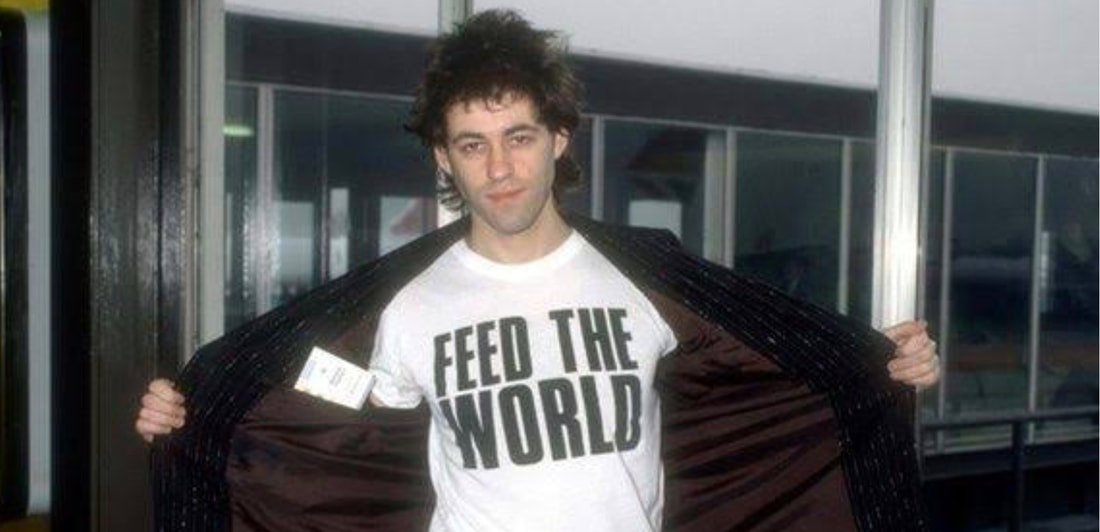 You could be forgiven if, like me, you’ve watched war movies over the past fifty years and got the impression that square-jawed, bullet-proof commandos were the only heroes on the battle front. Padres? Well, they were inoffensive chaps who kept well back from the action.
Michael Gladwin’s book ‘Captains of the Soul’ blows that myth to smithereens. His extensive research declares that the weapon-less chaplains were, more often than not, men admired by the troops for their calibre and courage. Photographer George Silk remarked on the toughness of the padres. Of this photograph of a Catholic chaplain conducting mass prior to battle, he wrote, “You could almost see God Himself in the jungle.” Digest this astonishing story Gladwin tells of a chaplain putting his life on the line to bury a young Digger. Jesus shook the accepted cultural prejudice of his people with his story of road-side kindness. The hero who stopped to help the victim of gang-violence was a man from neighbouring Samaria that his listeners considered a total outsider. Jesus was offering an open challenge to the strict orthodoxy of his audience. He knew they would never have dreamed of putting the words ‘good’ and ‘Samaritan’ together. The tale of this anonymous rescuer was so impactful, it has fixed the phrase ‘good Samaritan’ permanently in the English language as a term that speaks of surprising, unexpected generosity.
A few years ago, the southern NSW country town of Gundagai enshrined a muscular version of a similar story in their town centre. The striking bronze memorial celebrates Yarri and Jacky Jacky, two tribesmen from the local Wiradjuri people, who ferried an astonishing 69 people to safety when the town was swept away by a raging Murrumbidgee River in 1859. They were assisted by other Aboriginal people, including Long Jimmy and Tommy Davis. Sitting at the impressive polished table in the School of Arts building in the New England town of Tenterfield, I wondered just how this remote country town, straddling the train line between Sydney and Brisbane, became a crucial link in Australia’s journey to nationhood.
I discovered it has to do with one strong-minded man – Henry Parkes. Right where I was sitting was the spot from which the feisty, five-time Premier of NSW first gave a rousing speech, which he then repeated fifteen times in other locations. This gave serious momentum to the push for federating the six states. Professor Marie Bashir, the recent Governor of this state, declared “…his stirring words of exhortation and unity to the crowd of citizens who loved him – ‘One people, one destiny’ – will continue to inspire.” |
AuthorJoin The Outback Historian, Paul Roe, on an unforgettable journey into Australia's Past as he follows the footprints of the Master Storyteller and uncovers unknown treasures of the nation. Archives
October 2023
Categories
All
|
|
Sponsored by
|
Privacy Policy
|
|
Copyright 2020 by The Outback Historian
|
Site powered by ABRACADABRA Learning
|


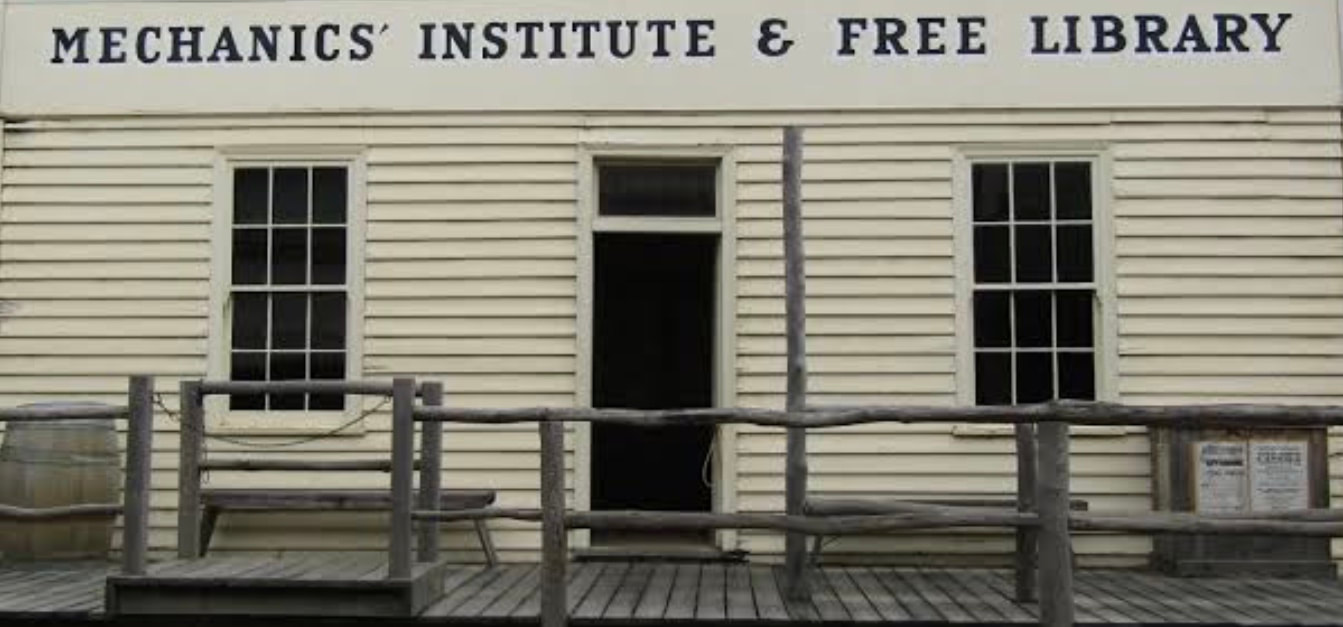
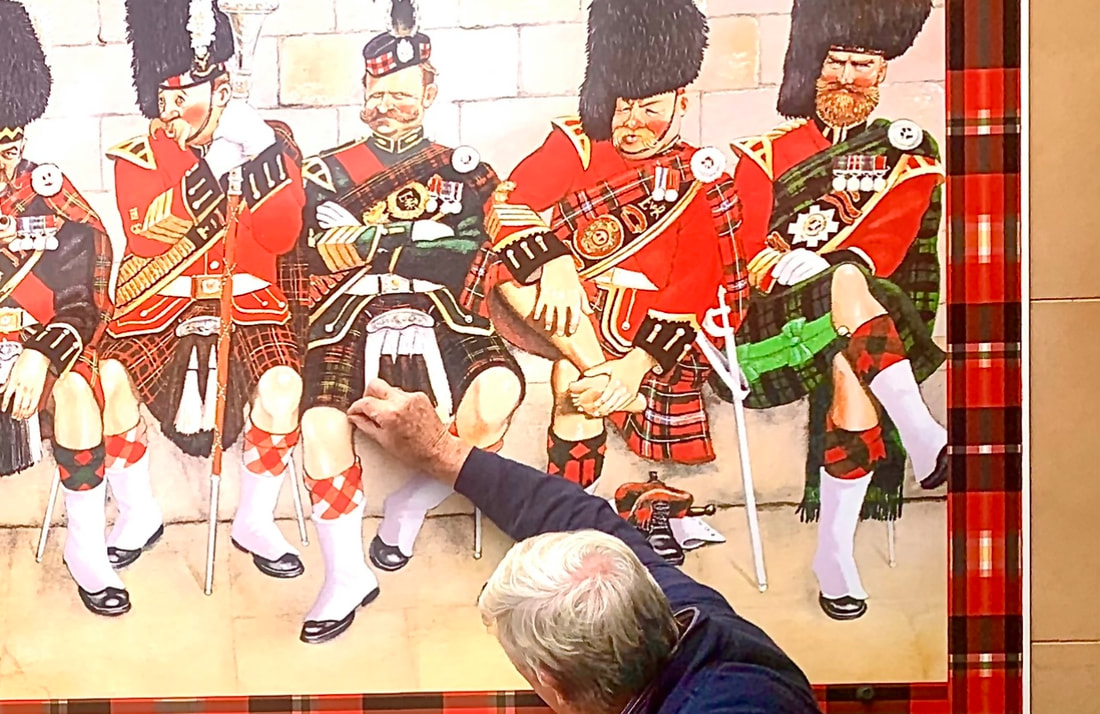
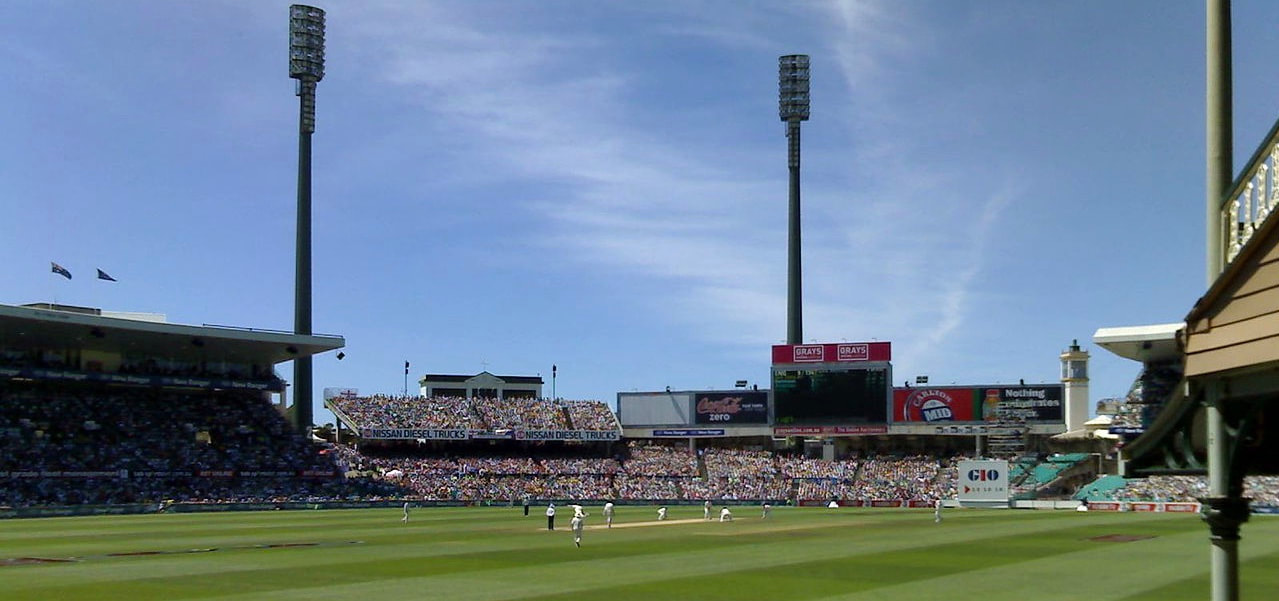
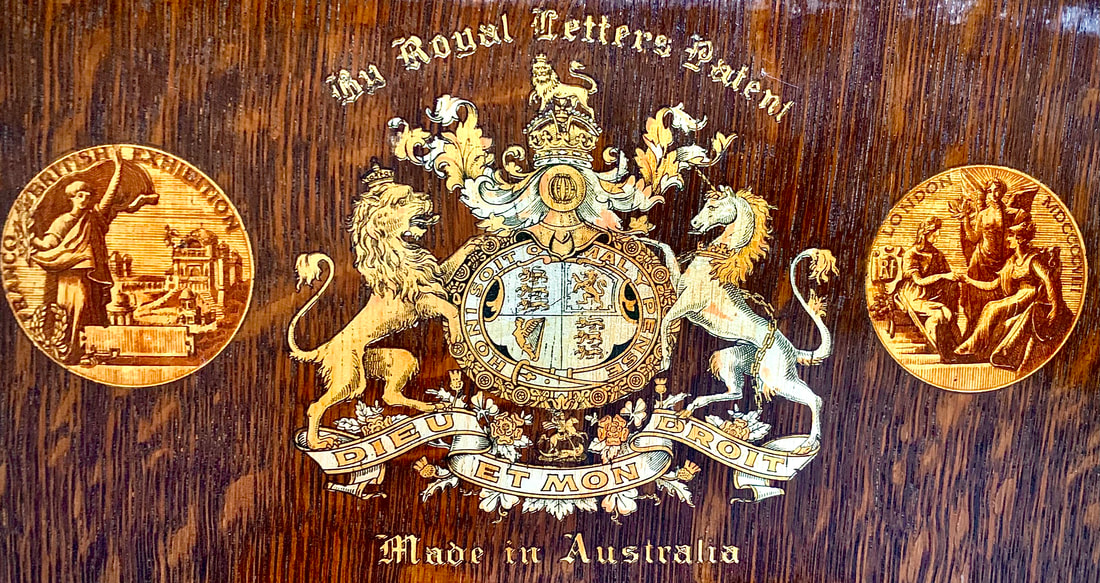
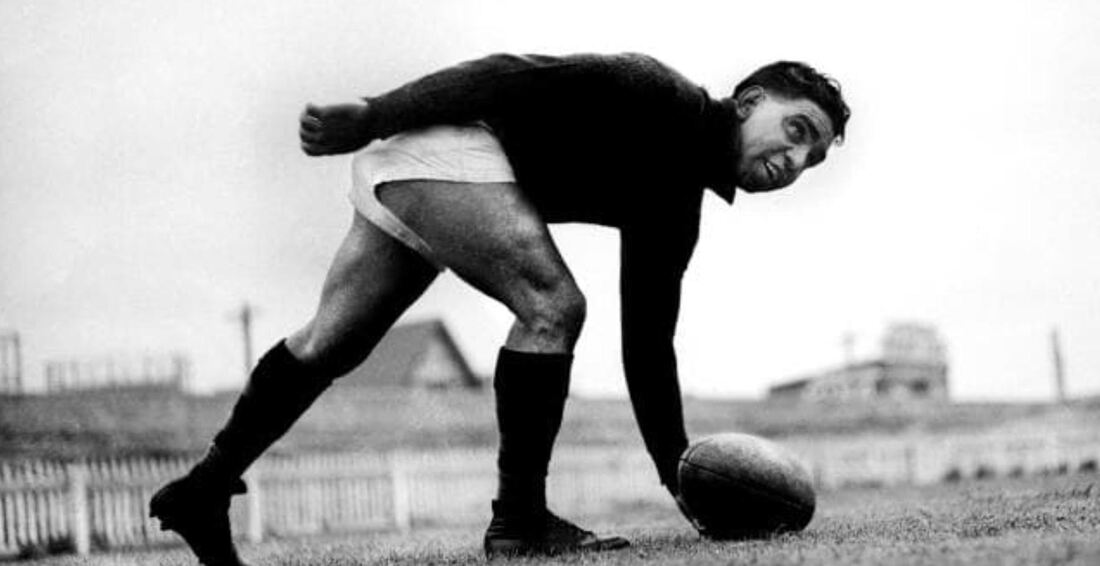
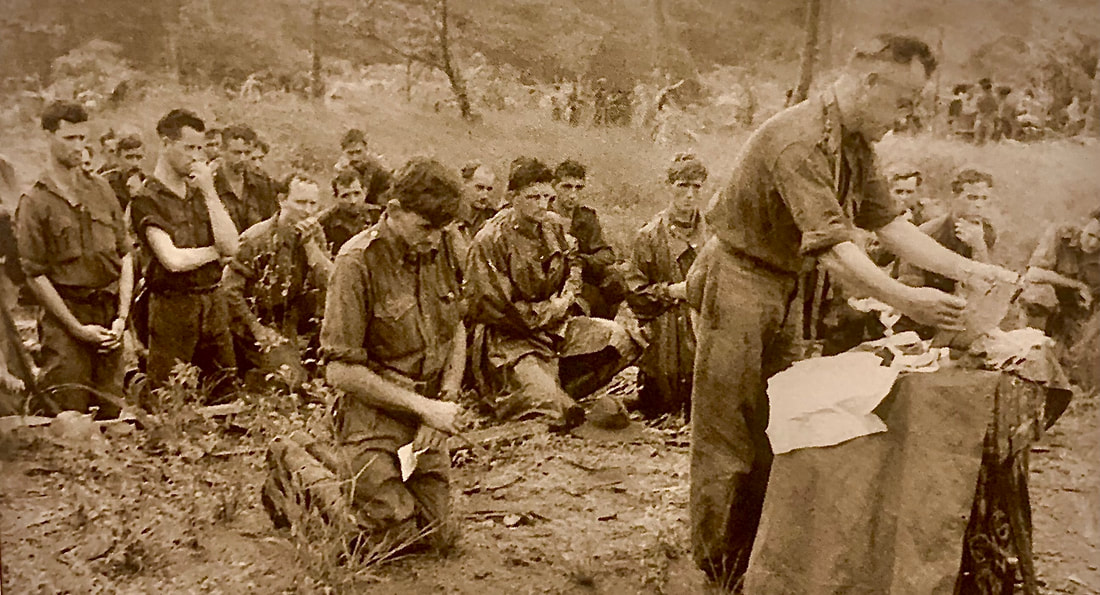
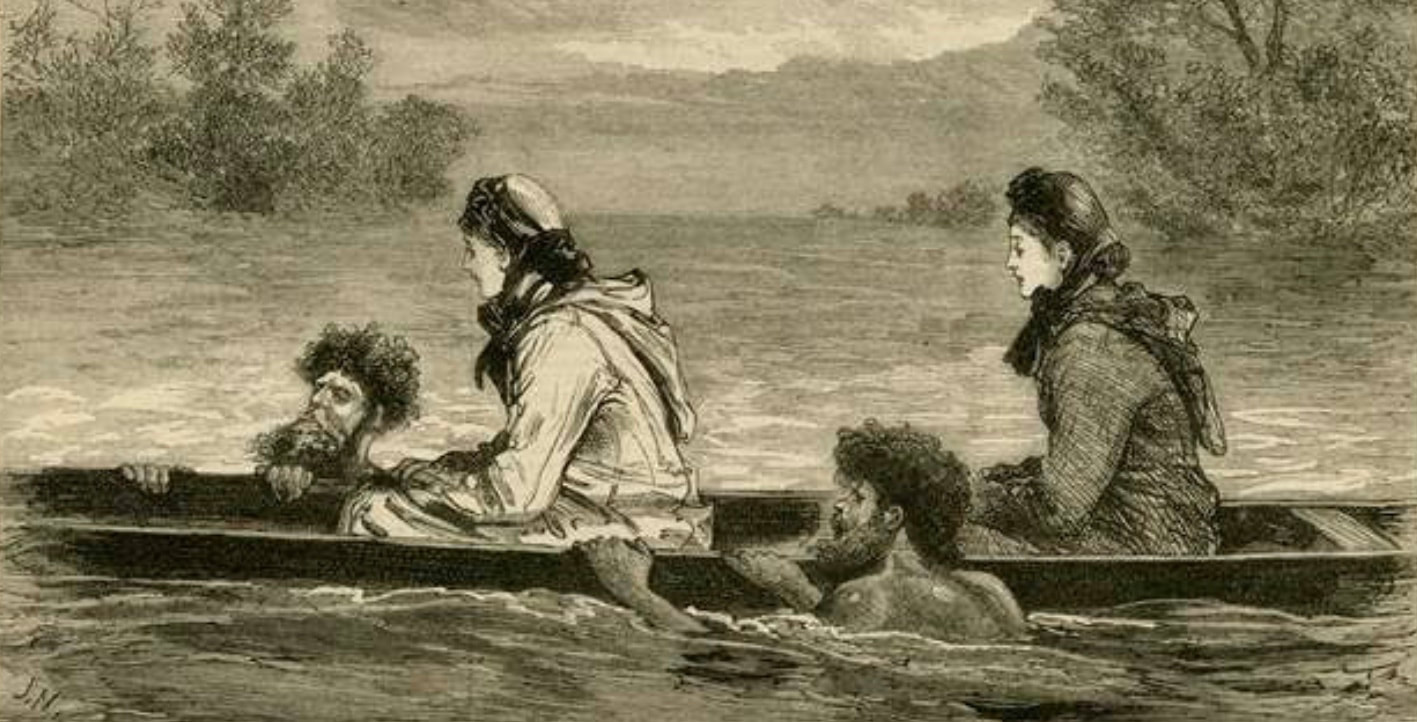
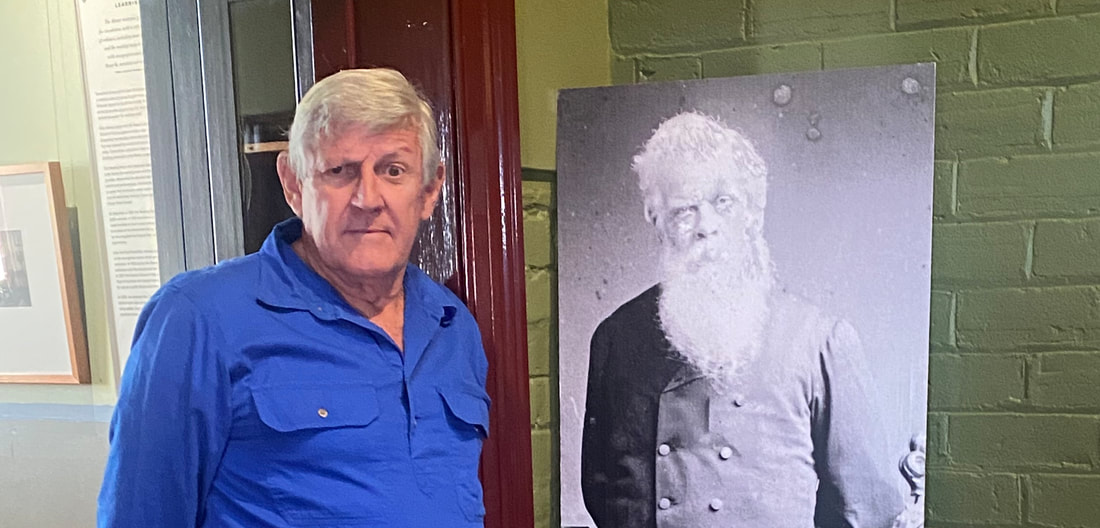
 RSS Feed
RSS Feed

